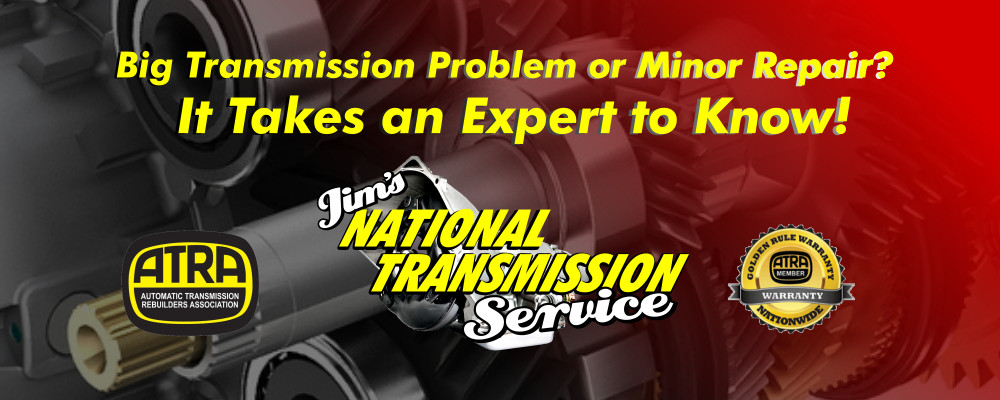A vehicle’s transmission can fail and need to be replaced the
longer you drive your car, but over time, issues may arise that can
dictate a transmission repair. The winter months have the worst impact on
a vehicles drive train because of many reasons from temperature to losing
traction and suddenly grabbing it again while the engine is maxed out on RPM.
These things are tremendously hard on a vehicles drive train.
How does severe cold effect my Transmission ?
The severe temperature can cause many issues with Transmissions.
When things are cold they contract. Severe cold can cause cracking in vital
sealing rings and o rings. This creates fluid by pass which can account for
everything from delayed engagements to pro longed shifts due frozen pressure
regulator valves and obviously traction loss and constant slipping of the
wheels trying to gain grip. On heavy snow and ice days we have even seen literal
icebergs develop around the transmission or transfer case preventing the manual
operation of various levers , linkage and shift devices.
What can be done ?
The easiest and best thing to do is park your car in a warm place
such as a garage. If this cannot be done there are things you can do to help.
If the car has sat overnight let it run and idle for a good 10-15 minutes on
severe days. Let the car get to operating temperature. If the car sits several
days or even weeks get in the habit of warming it up daily. Run it through its
gear. Reverse to drive to low and back a few times. Put it in Neutral for a
minute or two as well. If you live in what is considered severe winter area, it
would be wise to get into the habit of changing the transmission fluid annually. While the owners manual and various upkeep books recommend anywhere from 40
to 100k for the cars first transmission service it is a good practice to do
this yearly after winter. As a consumer you will find that there are 100's of
different answers to this question and we can only give ours which is at or
after 50k. Get in the habit of doing this annually.
Tips in the winter
If you should find yourself in the unfortunate position of being
stuck in the snow, the #1 rule of thumb is do NOT rock the car back and
forth! This can do sudden and immediate catastrophic damage and transmission
repairs are not cheap! Avoid ice spots or areas where traction may be an issue. If you must drive take it easy and remember the weather is bad ! Ice and snow
not only have an effect on Transmissions but also brakes which means delayed
stopping so be safe out there!
Winters can be challenging enough with out transmission problems
but try some of these tips to help out!
If you have any questions or concerns about your transmission. Contact Jim's National Transmission repair in Sioux Falls for all of your transmission needs. http://www.jimsautotrans.com/.



